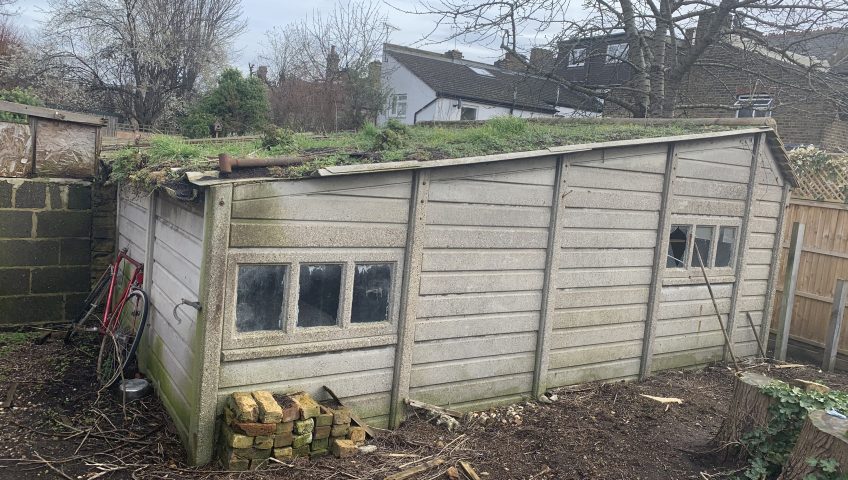
How To Plan A Successful Demolition Job
Demolishing a small building, such as a house, garage, or garden structure, is not simply a matter of attacking it with an excavator. To do small demolition jobs safely and ensure that the work complies with regulations, careful preparation needs to be made. Here are some of the main things to consider beforehand.
Planning permission
Depending on the type of building you want to demolish, permission may be required from the local planning office first. Structures classed as Permitted Development, which may include home extensions and garages, usually fall into this category. However, if the building is in a Conservation Area, planning permission may still be required to take it down.
If the building is in a rural area, there may be environmental concerns, such as the presence of bats, barn owls, or other protected species. In this case, an ecological consultant will need to make a report, and may recommend mitigation measures.
Hazardous materials survey
If the building contains a hazardous material, such as asbestos, this will need to be removed by specialist contractors before the work can begin on knocking down the main structure.
Utilities
Cut off and cap the mains water and sewer connection, and any other utilities such as gas, electric, and phone lines.
Strip the interior
Remove all loose items, plumbing, lighting, radiators, and so on from the inside of the building first.
Consider neighbours
If the building is not detached, then you will also need to plan ahead for the continuing support and integrity of the neighbouring structures. If there are people living in the adjacent dwellings, you will need to notify in advance of your intentions.
Salvage value
Some of the materials from the demolition may have resale value, so when looking for a professional demolition company, make sure they deduct the value of any salvageable materials from the quotation provided.
